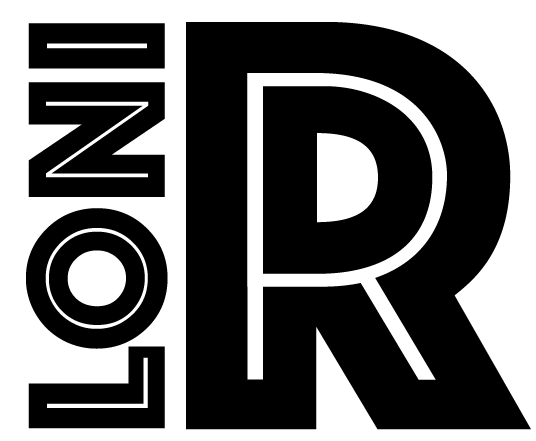This protocol does not parcellate the STG into anterior and posterior segments
- Mask in the coronal view starting when the temporal lobe begins to appear at the anterior end of the brain. The superior boundary of the superior temporal gyrus is the sylvian fissure and the inferior boundary of the gyrus is the superior temporal sulcus. When the temporal lobe first appears, trace the sylvian fissure and mask everything inferior to it. An object model is crucial as a reference for the boundaries. (Fig. 1, Fig. 2, Fig. 3)
- When the superior temporal sulcus starts to appear below the sylvian fissure, trace the superior temporal sulcus and connect it to the sylvian fissure tracing the entire gyrus. Use the object model as an additional reference to ensure that only the region between the superior temporal sulcus and sylvian fissure is being masked. At times the superior temporal gyrus appears as a double gyrus. If this occurs, check the object model to reference where the correct boundaries are. (Fig. 4 & Fig. 5)
- Once the temporal stem appears, trace the sylvian fissure to the temporal stem then continue to follow the superior temporal sulcus. Because the superior temporal sulcus becomes less clear, reference the object model. Follow this step all the way to the posterior end of the superior temporal gyrus. In some brains, the superior temporal sulcus appears to be a double gyrus. (Fig. 6 & Fig. 7)
- Moving more posterior, the superior temporal gyrus may look like it is merging with the middle temporal gyrus and the supramarginal gyrus. Again, continue to reference the object model to decipher between the superior temporal gyrus and the sylvian fissure. (Fig. 8 & Fig. 9)
- To verify when to stop masking in the coronal view, switch to the saggital view. The posterior end of the superior temporal gyrus occurs at the junction where the horizontal ramus of the sylvian fissure and the ascending ramus of the superior temporal sulcus meet. If no ascending ramus of the superior temporal sulcus is seen, a straight line is drawn from the endpoint of the horizontal ramus of the sylvian fissure down to the superior temporal sulcus. (Fig. 10, Fig. 11, Fig. 12)



